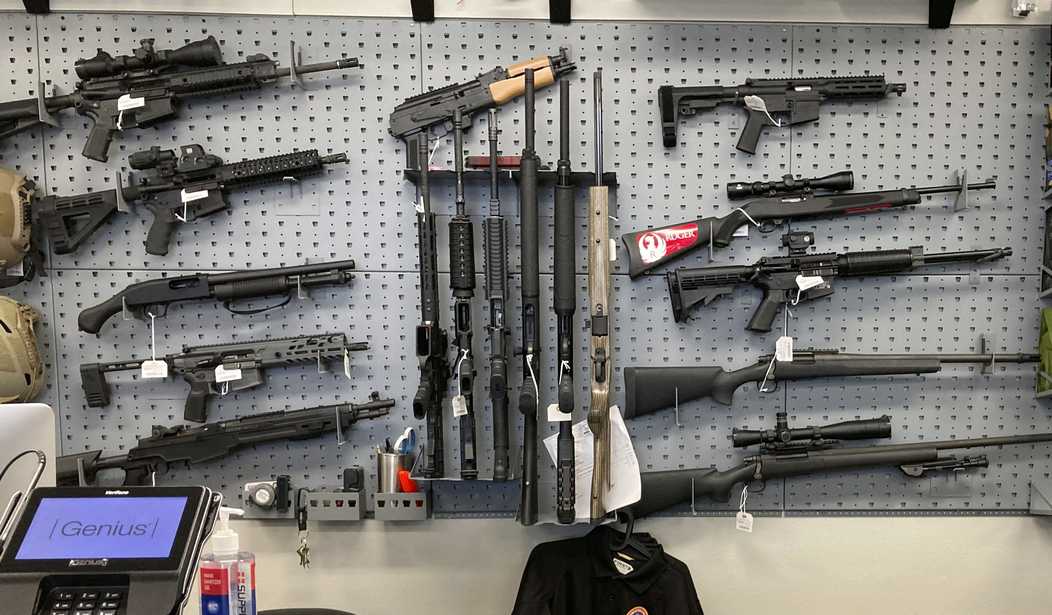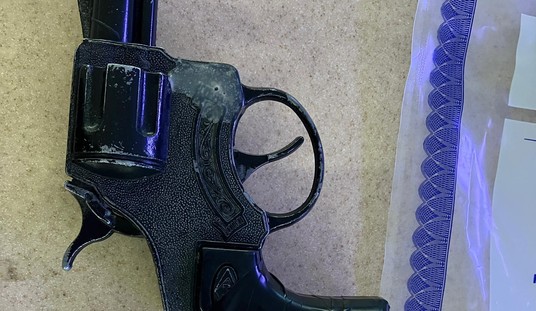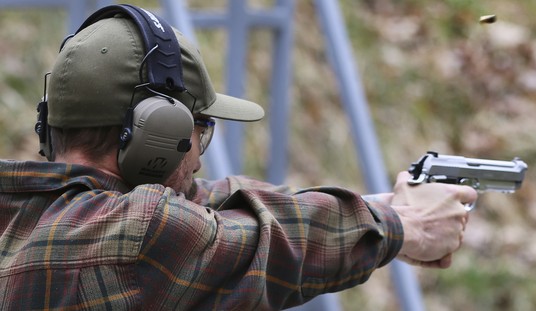With the Senate reaching a deal to expand gun control, a lot of gun rights supporters are more than a little miffed. While the agreement could have been far more expansive and impacted millions upon millions of Americans negatively and directly, it isn’t. That’s the good news.
The bad news is that there’s still an agreement to push gun control. That’s very bad news.
And yet, there are questions among some in the gun community. They’re wondering just where the gun rights groups actually are right now.
It’s not just activists asking this, either.
And then there’s the granddaddy of gun rights organizations, the National Rifle Association, which despite a recent bankruptcy and leadership upheaval remains the oldest, largest and most powerful player in the Second Amendment sphere. After the framework was released Sunday, the group declined to comment, saying it would await legislative text before weighing in.
“The NRA will continue to oppose any effort to insert gun control policies, initiatives that override constitutional due process protections and efforts to deprive law-abiding citizens of their fundamental right to protect themselves and their loved ones into this or any other legislation,” it said.
That statement and a lack of visible engagement on the bill has left many on Capitol Hill scratching their heads at what role the group intends to play as the Senate moves forward in the coming days, with leaders aiming to pass a bill as soon as next week. The group was key in rallying gun owners against the last major bipartisan push for gun control, in the months after the Sandy Hook Elementary School shooting in 2012, and has beaten back many other initiatives since then.
Yet part of how gun rights groups beat back those gun control pushes was by offering solutions themselves, things that would address the issue without infringing on our gun rights. That way lawmakers could try to do something and tell their constituents they tried to do something, but do it without infringing on the Second Amendment.
A lot of us failed to see any such pushback this time around.
Was there any?
I reached out to a couple of the organizations to see what they’d been doing. After all, maybe it was behind the scenes.
Erich Pratt from Gun Owners of America noted that his organization was hard at work. “GOA lobbyists have been on the Senate side of Capitol Hill. We have not only communicated with every Senate Republican office, but we have held policy meetings with Senate staffers who handle the gun issue, who have then, in turn, personally taken our concerns and recommendations to their bosses,” Pratt said in an email on Thursday.
But did they offer alternatives?
“Our message is simple: Oppose all gun control – even gun control “lite” – and stop rendering our schools as soft targets. Hence we have encouraged Senators to repeal the Gun Free School Zones Act and allow willing teachers to be armed – a solution supported by 81% of police,” Pratt said. He added, “Finally, we have also encouraged Senators to limit their attention to other school-hardening proposals that do not in any way infringe on our rights protected by the Second Amendment.”
The NRA, in an email to members earlier this week, executive vice president Wayne LaPierre echoes some of those sentiments, calling for improved school security efforts at the federal level, among other things.Prioritize
School Safety – with Dedicated Resources at the Federal LevelThe NRA calls for an immediate, federal program that funds safety measures at every school in America. Our schools must be safe and secure. There is no reason not to enact such legislation now – in the face of a national crisis that leaves our schools, and their children and teachers, vulnerable to acts of evil. We echo those who call for every school in America to be as safe as jewelry stores, banks, and sporting venues.…Invest in Mental Health ServicesWe call for an infusion of resources to address mental health – across all spectrums of our nation. We must not only have resources to support those in need, but actionable plans to identify and verify those who are threats to themselves and their communities. All too often, there are “warning signs” from the evil monsters who commit gun violence and murder. We see this time and time again.Our current resources and infrastructure are not enough. According to one study, since 1955, our public mental health bed capacity has fallen by 96 percent from nearly 340 beds per 100,000 people to under 12 beds per 100,000 people. Our nation faces an acute shortage of psychiatric bed capacity. It is impossible to truly address the needs of those who may be a threat without active treatment and rehabilitation.
Now, interestingly, many of the NRA’s proposals seem to be present in the final agreement. However, nothing in LaPierre’s statement suggests the group supports any restriction in our gun rights.
So now that we know GOA and NRA were both working with lawmakers to try and offer viable alternatives to gun cotnrol, we have to wonder just how this happened?
More so, how did so many in the gun rights community not hear anything about these alternatives?
Sure, the NRA sent an email to its membership–and while there are some indications that membership is waning, it’s still the proverbial 800 lbs gorilla–but there are a lot of people who aren’t NRA members who still take some cues from the NRA.
GOA has never had as significant a reach as the NRA, but many missed their efforts as well.
And that’s the problem.
The battles for our gun rights aren’t just fought in the halls of Congress. They’re fought on social media as well. They’re fought around office watercoolers and in after-dinner conversations. That’s where public sentiment has to be shifted because the media in this country only gives one side of the story.
There needs to be an effort to put this information and these alternatives in front of people so they can use that to fight back.
And yet, I’ve talked to numerous people who didn’t even know what the gun rights groups were doing. That’s a problem we need to address moving forward or else we’ll see more such “compromises.”








